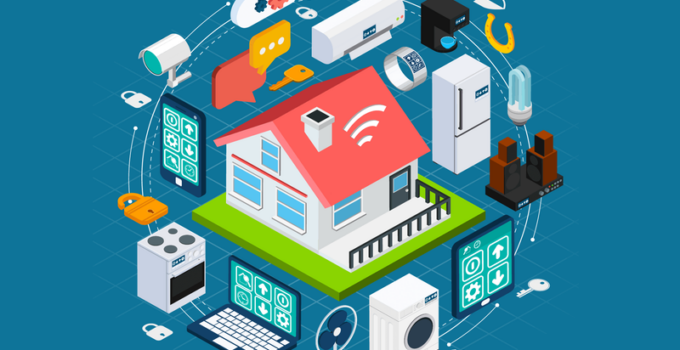This year, the Internet of Things will have new opportunities that will turn the Internet of Things into a technology of strategic importance. Will the cybercriminals get even more freedom? Will that imply the need to read all these lists of top antiviruses to decide which software to install: Bitdefender or PC Matic on bestantiviruspro.org?
It will affect all aspects of human life, from the improvement of major industries, assistance in solving problems related to climate change, to the development of smart cities.
In 1997, the well-known technical portal Wired marked the 2024st year when humans will land on Mars. Although this has not happened yet, humankind is approaching this goal in seven-league steps – unmanned cars, the first flying taxis, and other technologies, which were considered as fantastic a few years ago. In 2024, other important IoT developments are expected to have a major impact on progress.
Page Contents
What Will the IoT Bring?
Wireless Technology 5G
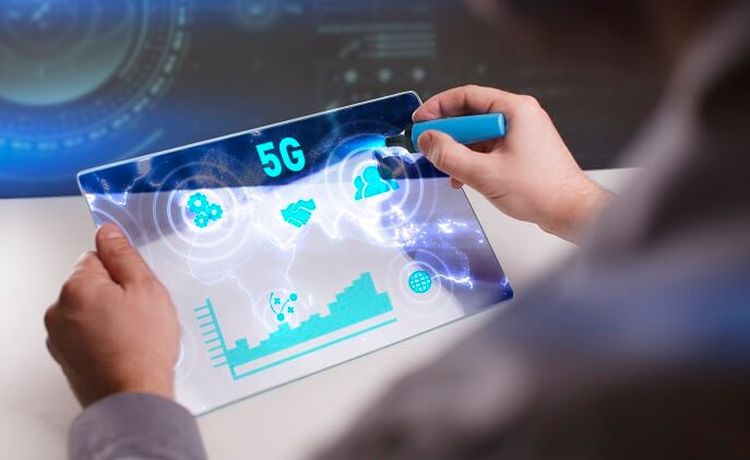
source:asmag.com
Compared to its predecessors (4G, 3G, and 2G), fifth-generation cellular network (5G) technology offers faster speed, less latency, and higher connectivity. 5G has unprecedented speed, so it provides the ability to stream previously unseen amounts of data, while low latency increases the network response rate. 5G also allows far more devices to be connected than 4G – meaning that unmanned vehicles will finally get the opportunities to unlock their potential fully. Among other things, 5G consumes less energy, which will reduce costs and expand the use of IoT.
Trivver company president Alan Haft believes that 5G and blockchain are the perfect combination for providing advertising in an extended reality (XR) environment. Enhanced wireless technology extends the connectivity and decentralization of nodes, reduces the time it takes to create a new block or data file in a blockchain network and increases the scalability of the blockchain. The combination of blockchain and 5G increases the speed, capacity, and security of IoT touch devices.
Edge Computing and Mesh Networks
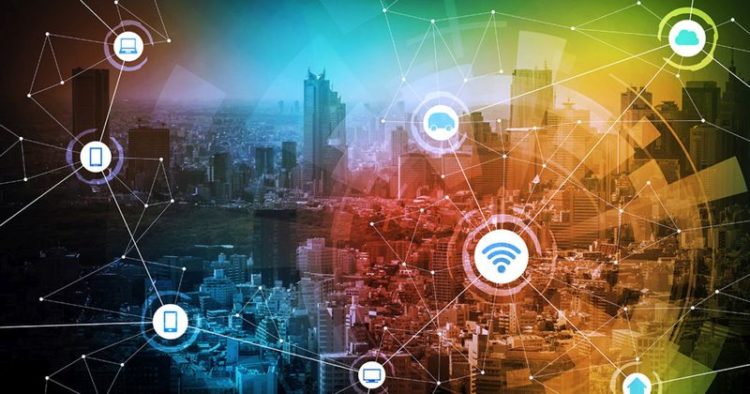
source:primex.com
Currently, the cloud market operates in a centralized manner. Users resort to service providers such as Amazon, Microsoft, and Google, which perform all calculations in their own (dedicated) data centers. In the meantime, with Edge Computing technology, they can move IoT data closer to the data source, increasing bandwidth, security, reducing network latency, and bringing several other benefits.
In 2024, an explosive increase in interest in Mesh networks not linked to the Internet is expected. Such networks use the radio nodes topology that transmit data among themselves by a broadcast method of message delivery (flooding routing) or by a traditional routing scheme. When using the flooding method, the router redirects the received packets to all its immediate neighbors. At the same time, the second transmission scheme provides for a step-by-step transmission from one node to another. Gartner predicts that the transition from Edge Computing to Mesh networks will take place in 2024.
Silicon Chip Innovation
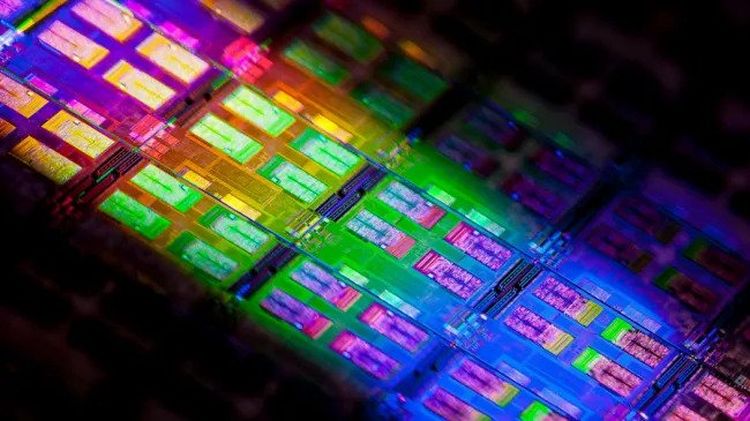
source:techradar.com
End IoT devices require processors with more advanced memory and instruction architecture than the current generation of low-power silicon chips (mostly ARM architecture). In the foreseeable future, there will be more powerful chips that will consume less energy – a prerequisite for deep neural networks (DNNs) – and can support several new IoT capabilities. Some companies plan to replace chips on a silicon substrate completely. IBM, for example, expects to begin releasing fast and compact commercial computer transistors from carbon nanotubes.
Not long ago, Oxford University, with the financial support of the British Government, established the Processor 2024 project. Its goal is to develop ultra-small quantum processors suitable for mass deployment. The miniaturization of such chips will certainly increase the efficiency of IoT technology, which relies largely on compact devices and reduced energy consumption.
Infonomics, Data Brokering
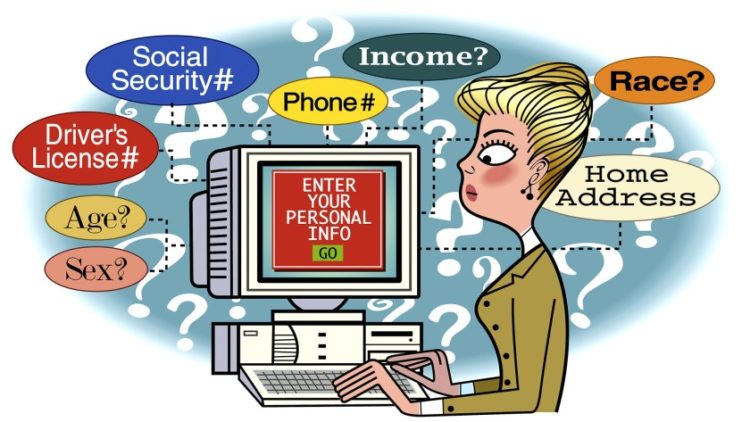
source:latimes.com
According to Gartner’s research conducted to study the market of IoT, 35% of respondents were trading data collected through their products and services in 2017. Infonomics and data trading is a big business with a growing number of companies involved in the accumulation, quality assessment, accounting, management, and sale of big data.
The increase in Internet-connected devices has led to their cross-tracking. This technology is designed to collect user data from devices such as smartphones, tablets, TVs, etc. Its application has led to the enrichment of data brokers such as Acxiom, Oracle, Experimian, or Amobee (a little-known American company selling Airbnb advertising ideas).
The data trading industry includes about 5,000 brokers and is awaiting a series of mergers and acquisitions this year. In response to attacks over tighter data privacy rules, it will carry out a series of organizational changes.
How Will IoT Affect All of Us?
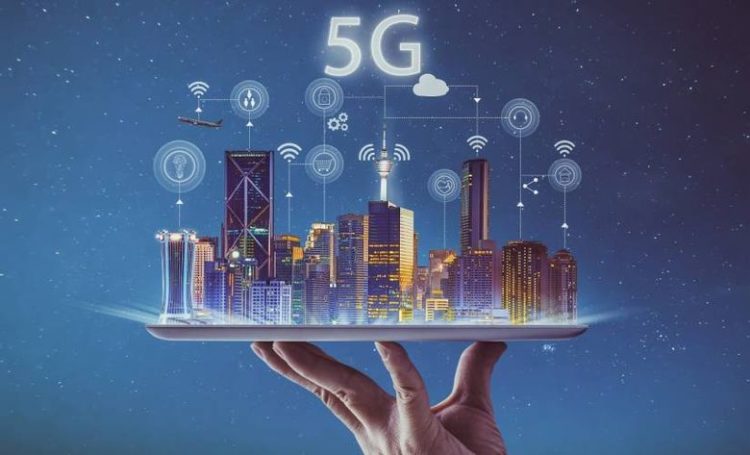
source:readwrite.com
The new rule is, “Anything that can be connected will be connected.” But why do you need it? There are many examples of how IoT users can benefit. For example, you go to a meeting – the car “looked” into your calendar and already knows which route to choose. What if the alarm clock that wakes you up early in the morning “tells” the coffee maker that you need to make coffee? What if the gadget you wear tells you what time you were most effective in your workplace?
Almost Infinite Opportunities
IoT provides almost endless opportunities, many of which we cannot even comprehend. Certainly, IoT opens the door to many opportunities, as well as many problems. What if a hacker breaks into a toaster and gets access to the whole network? IoT also exposes companies around the world to security threats related to privacy and data sharing issues. Another problem that many companies will face is the huge amounts of data that all these devices will generate. Companies need to find and implement efficient ways to store and analyze all that scope of the information.
What Will Be Farther?
Conversations about the Internet of Things are taking place around the world – everyone wants to understand how it will affect our lives. We also want to understand what the opportunities are and what the problems are when connecting so many devices to the WAN. At the moment, the best we can do is find out what the IoT is and the impact it can have on how we live and work.

